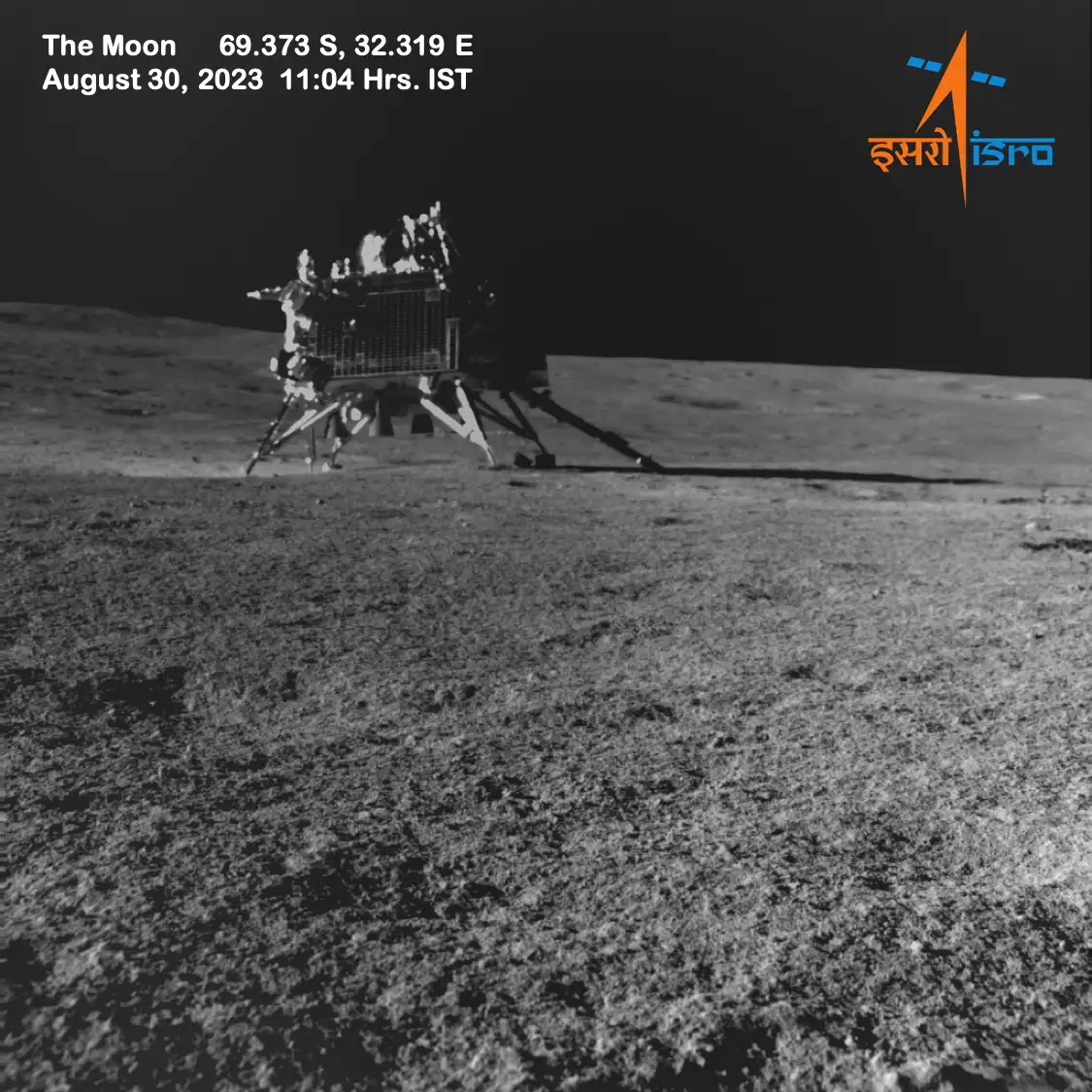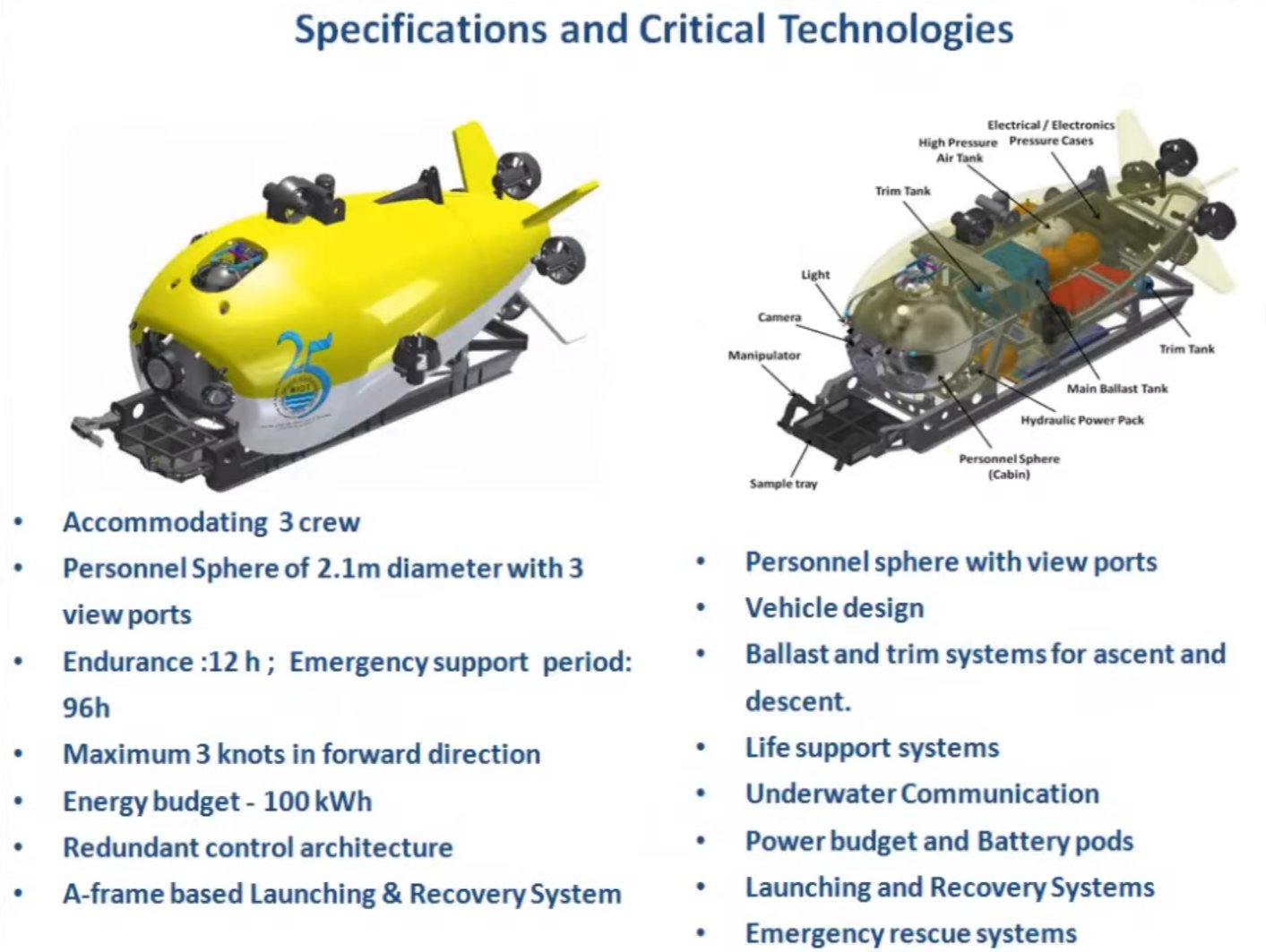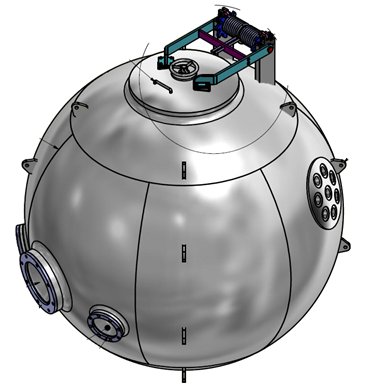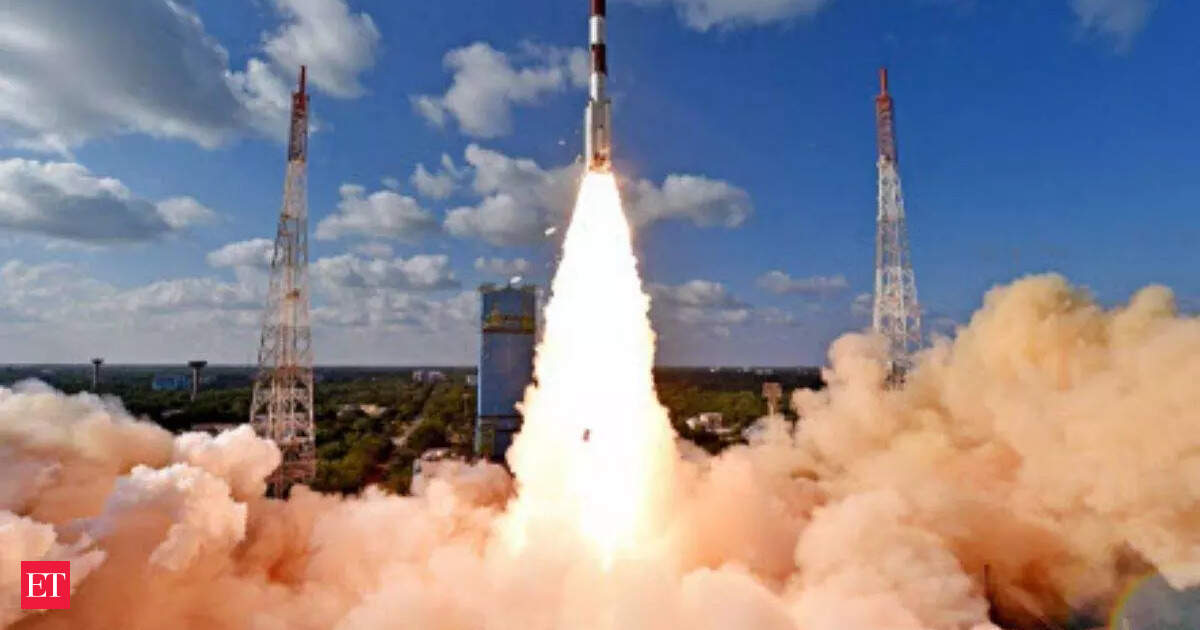Skyroot inks pact with Italy's D-Orbit for pilot space mission
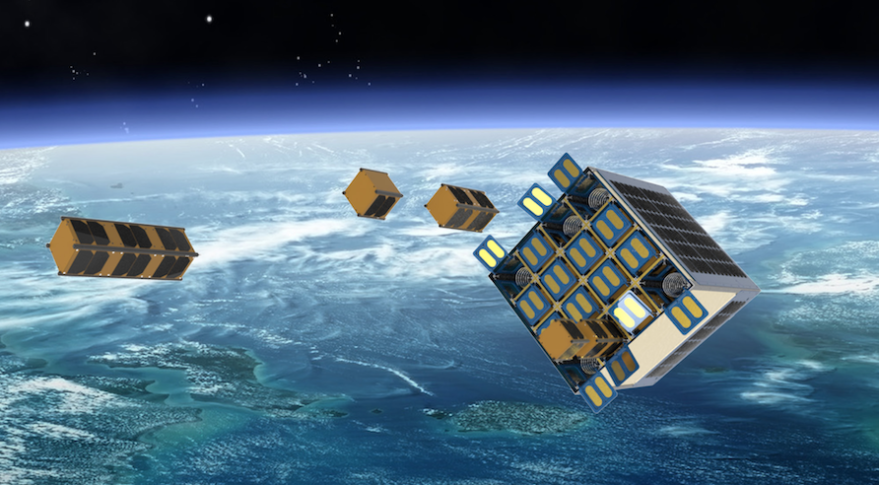
D-Orbit's ION (InOrbit NOW) Satellite-Carrier
Space technology startup Skyroot Aerospace has signed an agreement with Italian space logistics company D-Orbit to jointly conduct a pilot mission that will utilize the Indian firm’s Vikram launch vehicle and the latter company’s ION satellite carrier.
The two companies on Tuesday announced that they have signed a technical contract that sets the ball rolling for the pilot mission, but did not give details on how soon the project would result in an actual launch into orbit.
“India is rapidly emerging as a leader in rocket technology,” said Matteo Bartolini, launch manager at D-Orbit. “Skyroot’s Vikram rocket family is characterized by an extraordinary level of launch flexibility that can provide an interesting match with the proven capabilities of our ION Satellite Carrier.”
Skyroot’s Vikram series of launch vehicles is being designed to launch small satellites while cutting down the time and providing flexibility in terms of area of launch by being portable. Different versions of the launch vehicle will have payload capacities ranging from 225-700 kilogrammes to lower earth orbit.
View attachment 34983
Vikram-series Launch Vehicles currently in development, designed by Skyroot Aerospace
The Hyderabad-based company has said that its Vikram rockets will be able to be manufactured and assembled in 72 hours, and will be able to launch from a mobile launcher.
D-Orbit has developed a vehicle to carry multiple satellites and transport them to designated orbits and release them in their individual slots. The company says its partnership with Skyroot will give the company access to the Asian space market.

The ION Satellite Carrier can dispense multiple cubesats into various payloads
“We are happy to partner with D-Orbit in our joint efforts to democratize access to space,” said Pawan Kumar Chandana, co-founder and CEO at Skyroot Aerospace. “D-Orbit is building cutting edge in-space transportation systems that will strengthen our offering to customers widening our last-mile delivery of payloads into precise orbits.”

Skyroot inks pact with Italy's D-Orbit for pilot space mission - The Economic Times
The two companies on Tuesday announced that they have signed a technical contract that sets the ball rolling for the pilot mission, but did not give details on how soon the project would result in an actual launch into orbit.economictimes.indiatimes.com
++++
Skyroot had previously also signed on to launch Bellatrix Aerospace's OTV platform that performs a somewhere similar role, but using Hall-effect thrusters instead of liquid apogee motors. More on that deal here:

Skyroot, Bellatrix signs MoU to use latter's orbital transfer vehicle
In simple terms, an Orbital Transfer Vehicle is like a taxi in space that takes satellites to their operational orbitswww.business-standard.com
D-Orbit's various other offerings can be browsed on their site (there are plenty!):
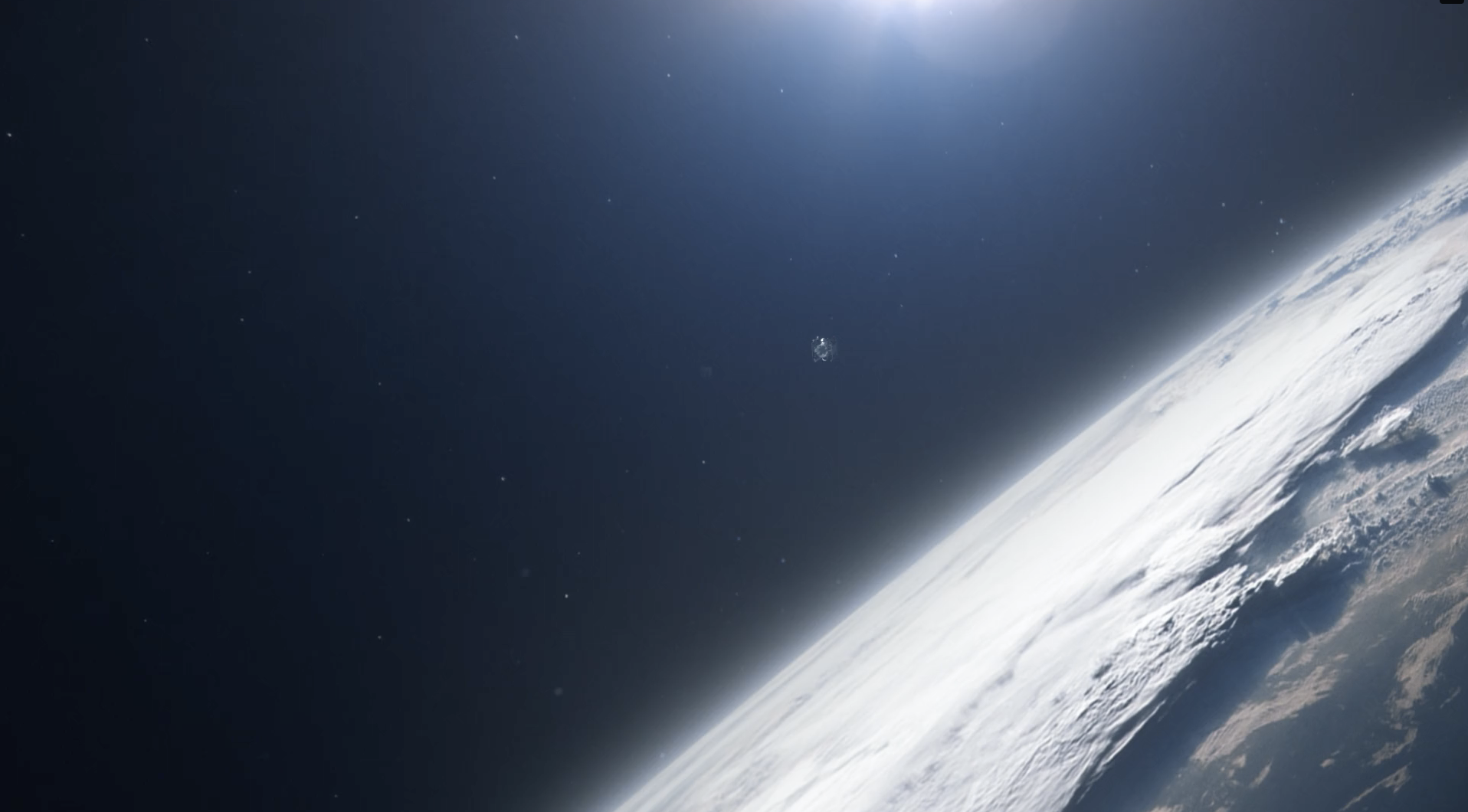
Homepage | D-Orbit
D-Orbit is the market leader in space logistics and transportation, with a track record of space-proven technologies and successful missions.www.dorbit.space
Is there any idea as to when this first launch will take place? So exciting!





